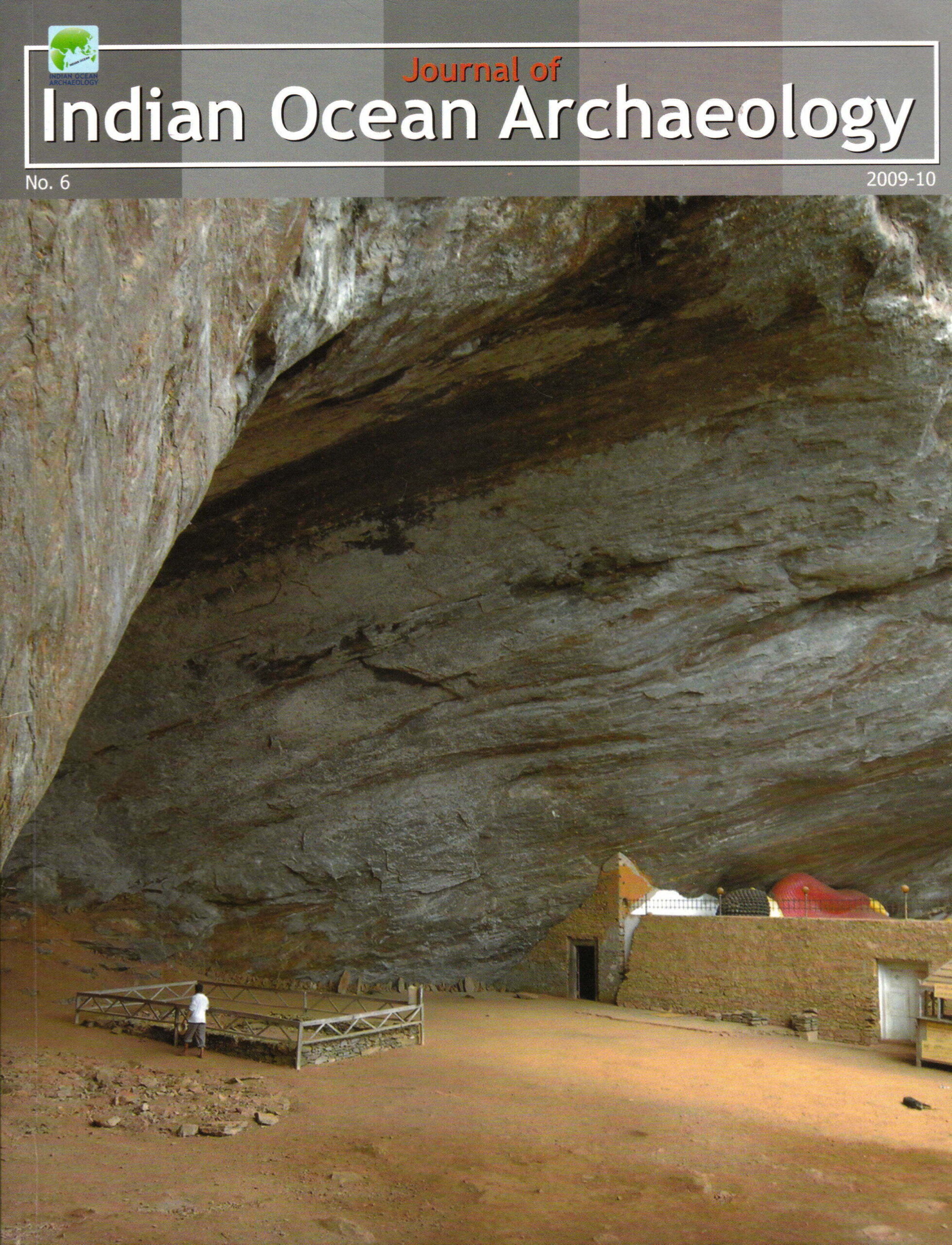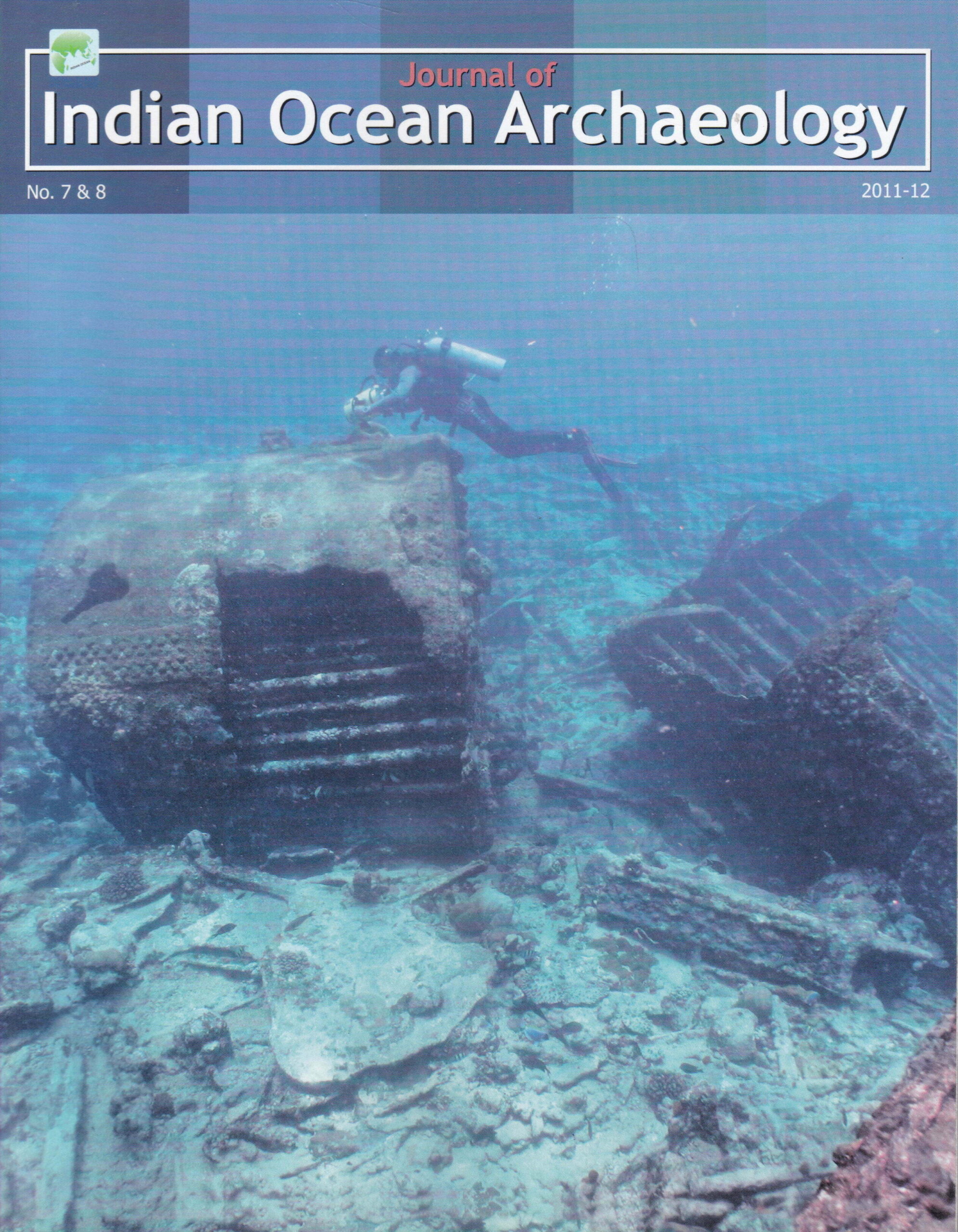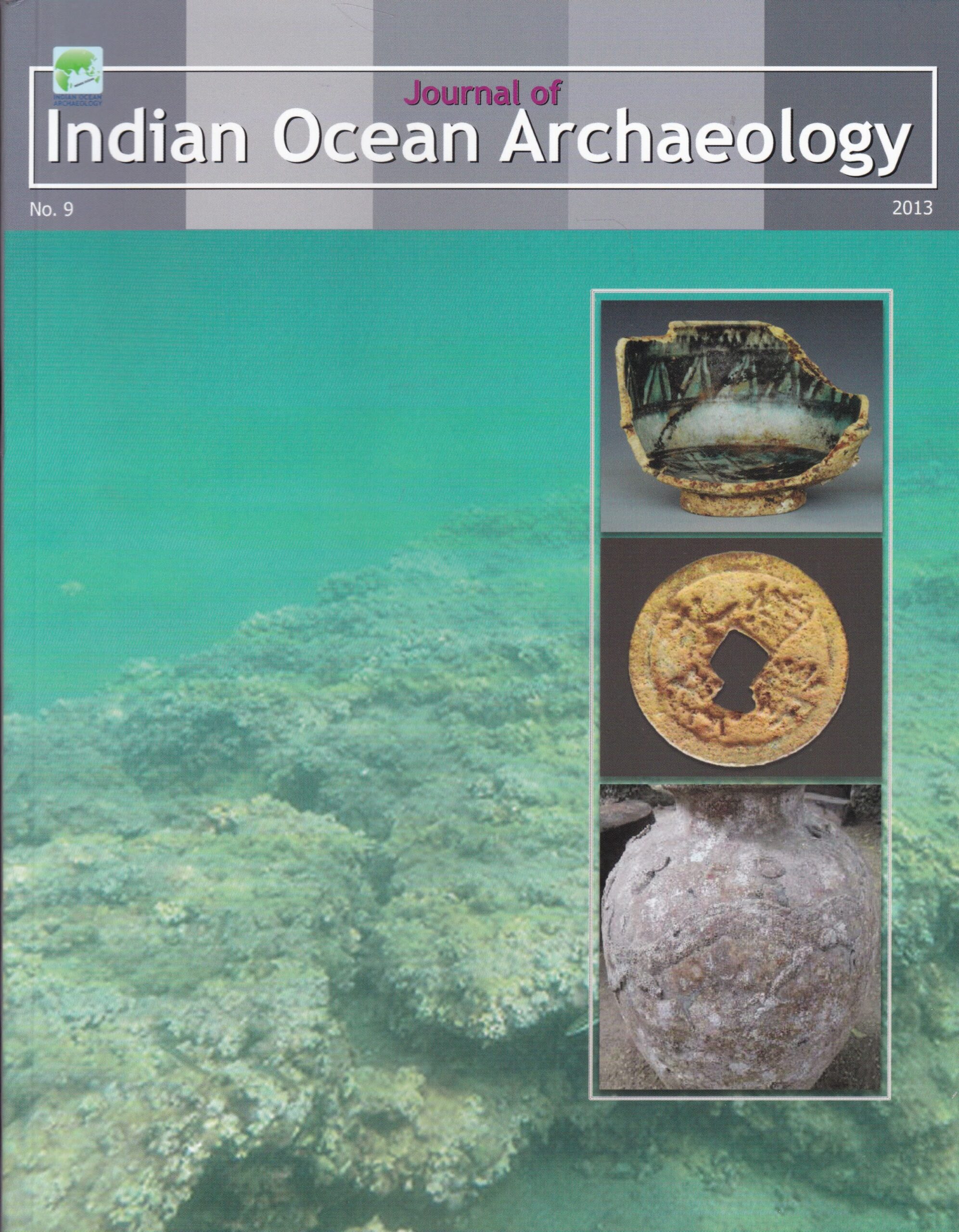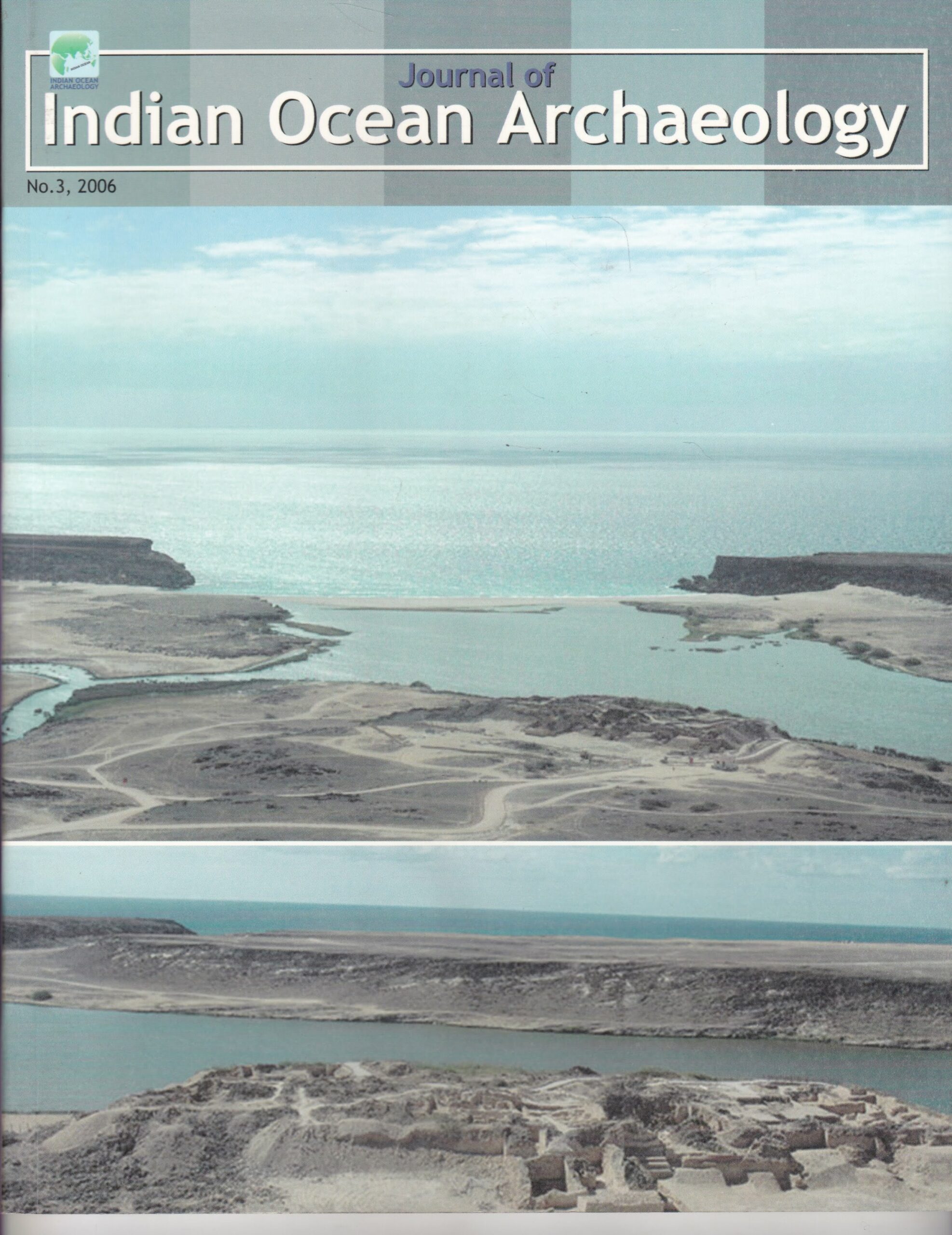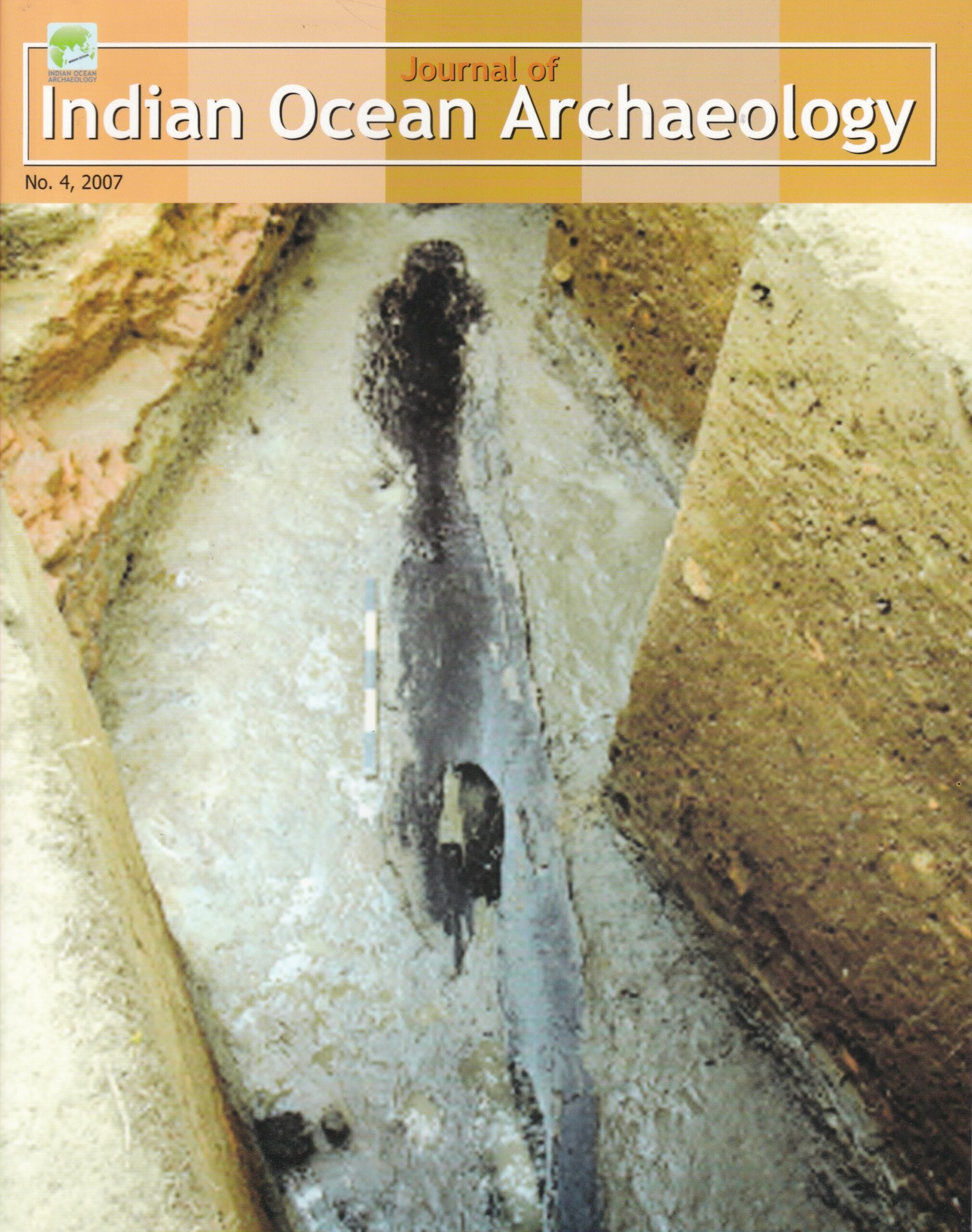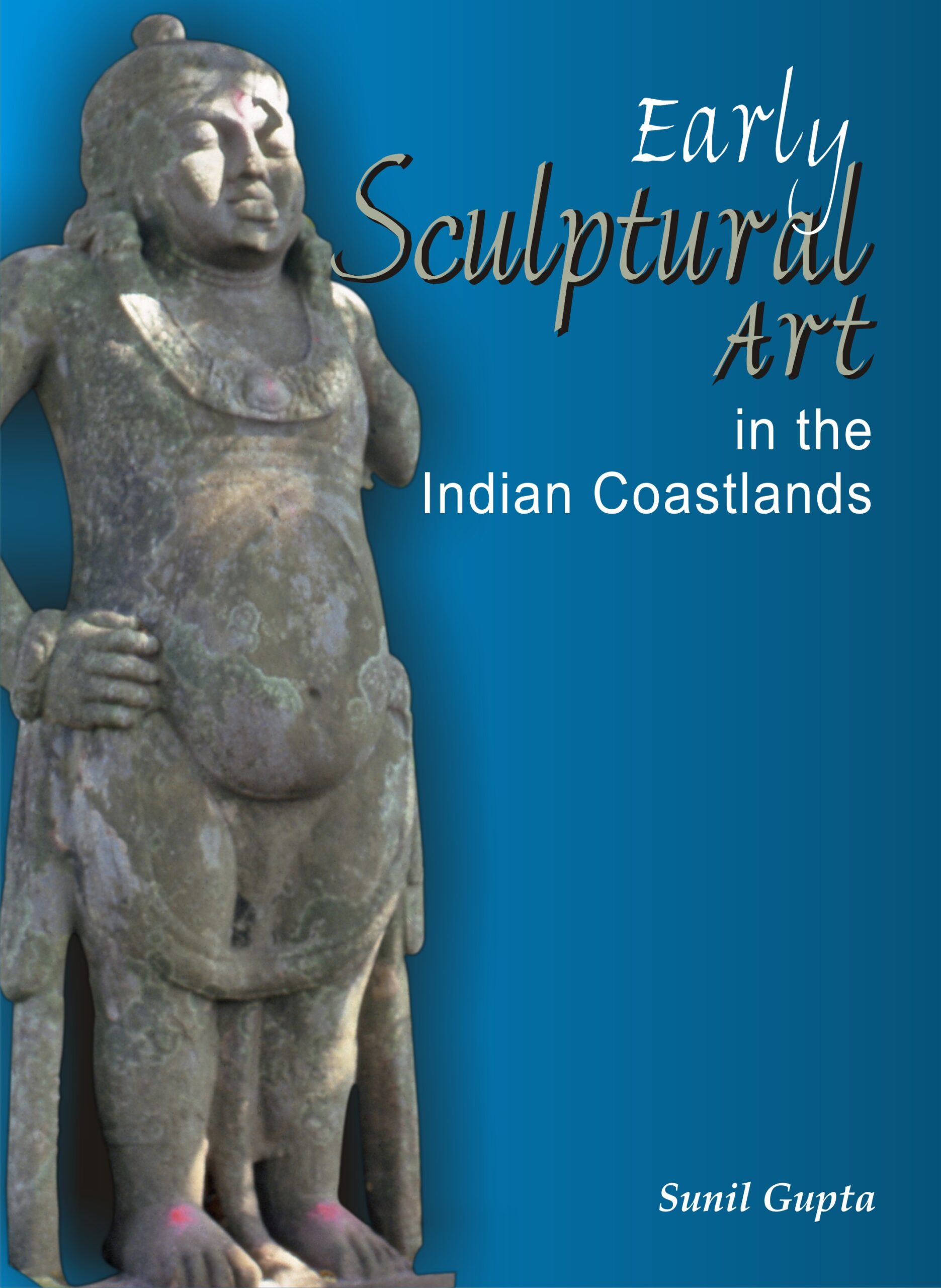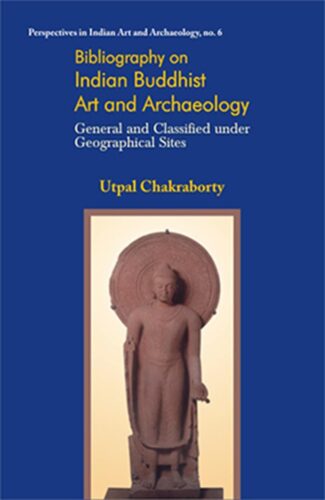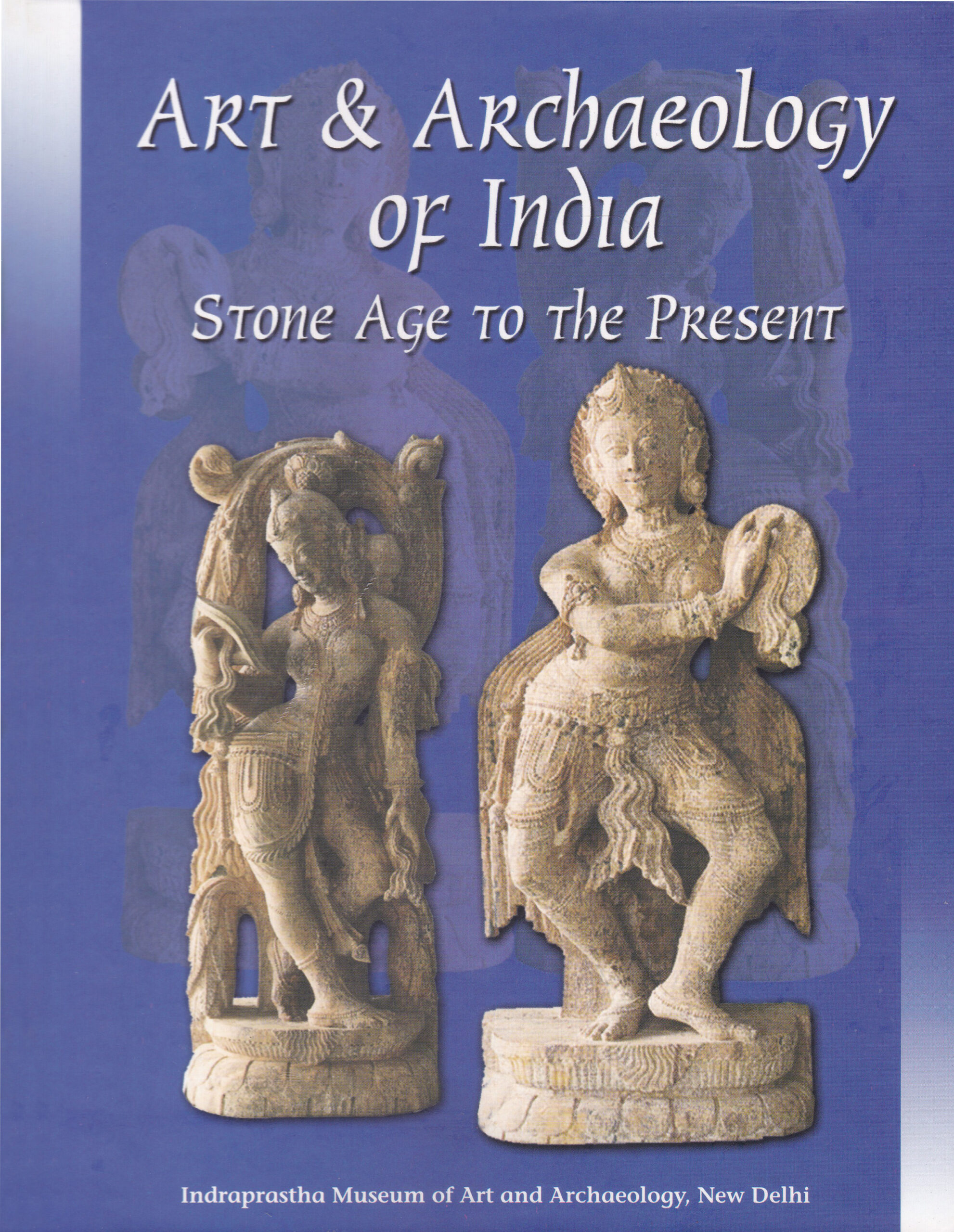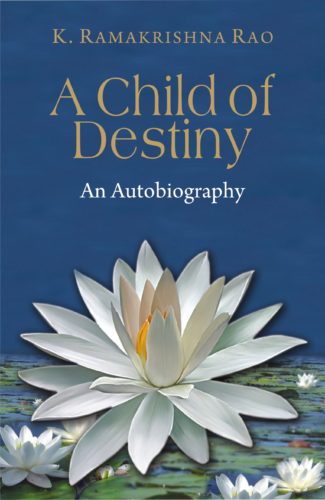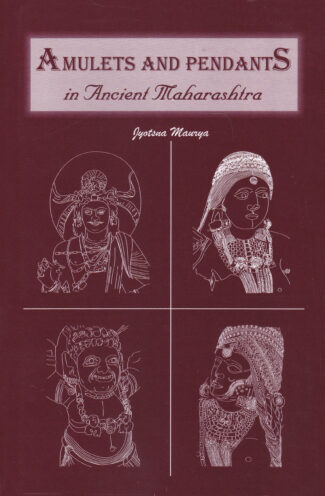

Early Sculptural Art...
Early Sculptural Art in the Indian Coastlands
A Study in Cultural Transmission and Syncretism (300 bce -- ce 500) by: Sunil GuptaThis work attempts to show that the coastlands were cultural melting pots, mediating, absorbing and often transcending the art of the interiors, i.e. the classical schools of Indian sculptural art at Mathura, Gandhara and Sarnath. The discussions in the nine chapters cover a broad range of sculptural art created in the Indian littoral regions between 300 bce and ce 500.
$40.00
ISBN: 9788124604380
Year Of Publication: 2008
Edition: 1st
Pages : xxix, 210
Bibliographic Details : 16 Maps, 66 b/w photographs, 48 coloured plates; Bibliography; Index
Language : English
Binding : Hardcover
Publisher: D.K. Printworld Pvt. Ltd.
Size: 25
Weight: 650
Scholars of early Indian art traditions have mostly viewed the coastlands as being marginal to the cultural efflorescences that happened in the interiors of the subcontinent. The classical schools of Indian sculptural art which blossomed at Mathura, Gandhara and Sarnath in the first half of the first millennium ce, have become axioms in the study of early Indian sculptural art. No discussion on early sculptural art can be complete without allusion to one or other of the schools. This work attempts to show that the coastlands, while influenced by the great schools of art, were nevertheless cultural melting pots in their own right, often transcending the art of the interiors. As staging areas of long distance maritime exchanges, the Indian coastlands have long mediated between the far civilizations of the Indian Ocean world (Egyptian, Arabian, Persian, East African and Southeast Asian) and the Indic cultural sphere. The coastlands are viewed as cross-cultural realms, places most conducive for absorption of new ideas and for syncretic manifestations. The discussions in the nine chapters cover a broad range of sculptural art created in the Indian littoral regions between 300 bce and ce 500. These include friezes in the rock cut caves of the Western and Eastern Ghats, decorated pillar capitals and free standing creations in stone and terracotta. Many of the observations are based on the author’s fieldwork on the Indian coastlands. Cover photo: Yakua image of stone inside a sacred grove in Haigunda Island, Uttar Kannada Dist., Karnataka, 4th century ce.
Foreword
— S.P. Gupta
Preface
Acknowledgement
List of Maps, B/W Photographs and Colour Plates
Key to Transliteration
1. Introduction
2. Epicentres of Early Indian Sculptural Art
3. Routes of Transmission
4. The Western Coastland
5. The Southern Coastland
6. The Eastern Coastland
7. Spread of Art Overseas
8. The Indianization of South-East Asia: A New Perspective
9. Conclusion
Figures & Colour Plates
References
Index




